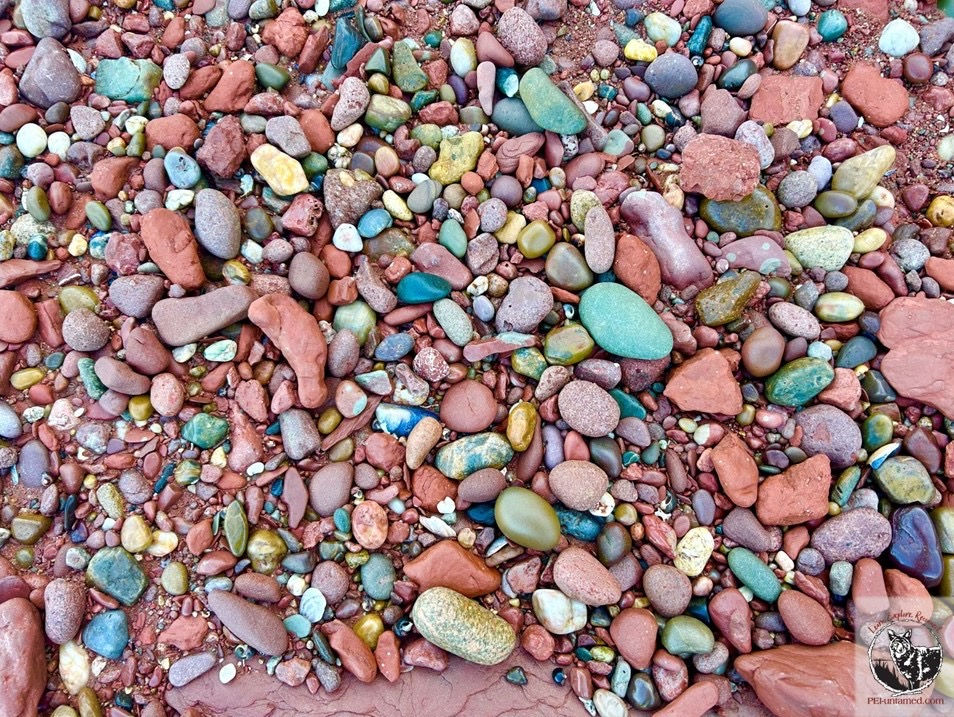2024 Eclipse
- katemacquarrie22
- Jan 10, 2024
- 2 min read
The highlight of this year’s natural calendar is the total eclipse on April 8th. PEI will be in the path of totality, making this among the best places in North America to view the once-in-a-lifetime event (Photo 1). It will be 2079 before a total solar eclipse comes our way again, and you’ll have to head to the mainland to see that show.

April may seem like a long way off, but it’s not too early to get ready. If you are planning to catch the event, here are a few things you should know:
Safety first! Let’s be clear: watching the eclipse without proper eye protection can cause damage (including loss of your central vision) that can last months or be permanent. There is no treatment. Proper eye protection is absolutely essential and may not be what you think.
Most people know sunglasses don’t cut it for eclipse watching, but many think welding glass does. Unfortunately, that’s not always the case. For safest viewing, welding glass should be shade 14. (Using shade 12 for eclipse viewing gets mixed reviews, so read up on it if you are thinking of going that route). There’s lots of shade 5 to 12 welding glass around and it’s important to check the rating if you are planning to use it. Auto-darkening welding glass is also not recommended. Unlike the fast flash of a welding torch, the gradual change in lighting conditions during an eclipse is not always enough to trigger the sensors when needed.
Personally, I choose to use eclipse glasses certified to ISO 12312-2. There are some less-than-honest vendors out there, so I recommend you get your glasses from one of the reliable sources on this list: https://eclipse.aas.org/resources/solar-filters. With the 2024 eclipse covering a big swath of North America – including some major cities – demand for eclipse glasses is high. If you haven’t gotten yours yet, don’t leave it much longer! (And be sure to read and follow the instructions that come with them).
If you can’t get viewing glasses, you can make a simple pinhole camera with just paper and a pin (or something else small to poke a hole). Add some cardboard, foil, and tape to the mix, and you can make a more durable pinhole camera or a box projector. Both options allow you to view the eclipse indirectly, with the sun at your back and projected in front of you through the tiny hole in your camera. You can find lots of easy, do-it-yourself instructions online.
Where and when? The eclipse will be visible everywhere on the Island, but only western PEI will be in the path of totality (with the moon completely blocking the sun, making the corona visible). Areas on or west of the line from North Rustico to Bedeque in Photo 1 will see the full effect. Charlottetown will see 99.5% coverage, Montague 99.1%, and Souris 99.4%. The event begins at about 3:30 pm everywhere on the Island and lasts two hours, with the peak around 4:35 pm. You can find the precise details for any location in North America with this wonderful interactive viewer: https://eclipse2024.org/eclipse_cities/statemap.html?lang=en . Type in your community’s name and then click “launch the Eclipse Simulator”.
I hope these resources help you prepare for the 2024 eclipse. Now, let’s all hope April 8th sees clear skies over PEI untamed!



